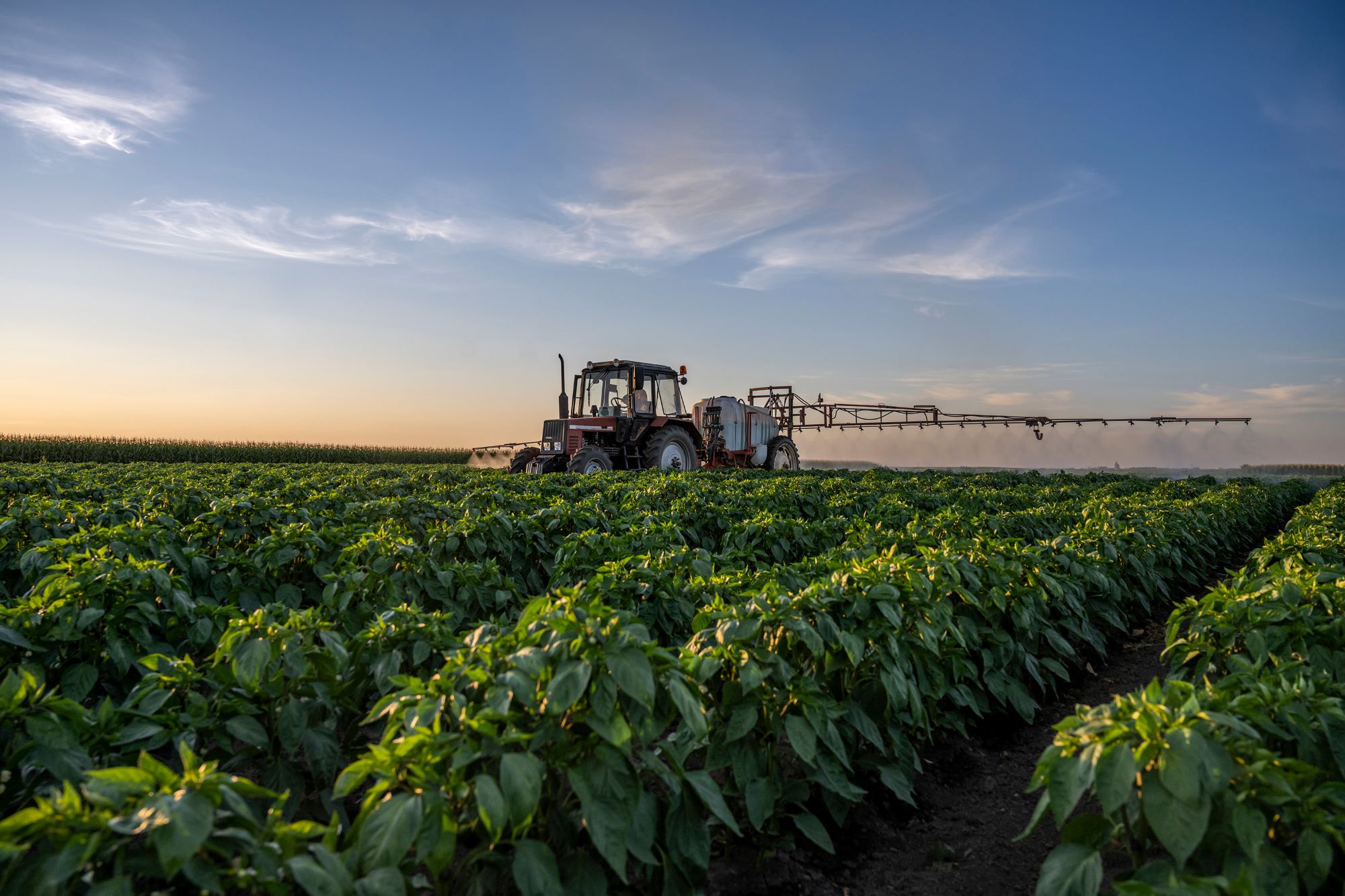According to the EWG’s 2024 Shopper’s Guide to Pesticides in Produce™, close to 75% of non-organic fresh produce sold in America contains residues of potentially harmful pesticides and fungicides. Every year the Environmental Working Group (EWG) publishes a list of the Dirty Dozen and Clean Fifteen list describing the most contaminated and lowest amounts of pesticide/fungicide residue found based on analysis of testing data from the U.S. Department of Agriculture (USDA) and the U.S. Food and Drug Administration (FDA).
Before Testing
The USDA peels or scrubs and washes produce samples before they’re tested, whereas the FDA removes only dirt first. Even after these steps, the agencies’ tests still found traces of 254 pesticides in all fruits and vegetables tested – and 209 of these were on Dirty Dozen produce.
The data used for this year’s guide was drawn from 47,510 samples of 46 fruits and vegetables, and the analysis showed fungicides to be four of the five most frequently detected chemicals in fruit and vegetables: fludioxonil, pyraclostrobin, boscalid, and pyrimethanil.
The Dirty Dozen
Fludioxonil and pyrimethanil were found in the highest average concentrations of any pesticides found on the Dirty Dozen. Both fungicides may be endocrine disruptors with the potential to harm the male reproductive system.
Overall, 75% of all conventional fresh produce sampled had residues of potentially harmful pesticides. However, among the items on the Dirty Dozen, 95% of the samples contained pesticides. Of the 46 foods included in EWG’s analysis, the following were the most contaminated, and are known as the Dirty Dozen:
- Strawberries
- Spinach
- Kale, collard, and mustard greens
- Grapes
- Peaches
- Pears
- Nectarines
- Apples
- Bell and hot peppers
- Cherries
- Blueberries
- Green beans.
209 pesticides were found in total, with 13-23 pesticides in at least one sample of each item. Over 50 different pesticides were detected on every type of crop on the list except cherries. Over 90% of samples of strawberries, apples, cherries, spinach, nectarines, and grapes tested positive for residues of two or more pesticides. Over 100 total pesticides were detected on kale, collard and mustards greens, as well as hot and bell peppers.
Fungicides
Fungicides are applied to produce items to prevent or kill fungal diseases and they are often applied to keep produce mold-free on the way to market.
Pesticides and fungicides may harm human hormone systems, 4 of the five most frequently detected chemicals this year are fungicides fludioxonil, pyraclostrobin, boscalid, and pyrimethanil.
Fludioxonil and pyrimethanil, which were found in the highest average concentrations of any pesticides may be endocrine disruptors with the potential to harm the male reproductive system. Other fungicides are linked to similar health harms, and many others have yet to be studied adequately.
Potential human health harms of fungicides aren’t as well studied as other pesticides, but emerging evidence suggests many widely used fungicides may disrupt the hormone system.
Studies of fludioxonil have found it can act like estrogen, increasing the proliferation of breast cancer cells. It also has the potential to harm the male reproductive system. Fludioxonil is found on 90 percent of peaches and nearly 30 percent of Dirty Dozen samples.
Pyrimethanil has been linked to thyroid disruption and might block androgen receptors in the body. Pyrimethanil was the most frequently detected pesticide on pears, showing up on 54 percent of samples.
Some studies have suggested that pyraclostrobin could be associated with liver toxicity and metabolic disorders. Pyraclostrobin was found on 10 percent or more of each Dirty Dozen item, and about half of strawberry and cherry samples.
In animal studies, boscalid has been linked to cancer and thyroid dysfunction, and it may also disrupt hormones. Boscalid was found on almost half of blueberry samples, and just over 50 percent of cherries and strawberries.
The Clean Fifteen
Close to 65% of EWG’s 2024 Clean Fifteen fruit and vegetable samples had no detectable pesticide residues. The Clean Fifteen list includes:
- Avocados
- Sweet corn
- Pineapple
- Onions
- Papaya
- Sweet Peas (frozen)
- Asparagus
- Honeydew melon
- Kiwi
- Cabbage
- Watermelon
- Mushrooms
- Mangoes
- Sweet potatoes
- Carrots
No more than 3 pesticides appeared in samples of the first 6 Clean Fifteen items, and 65% of collected samples had zero detectable pesticides. Only 10% of the items on this list contained 2 or more pesticides. Less than 2% of avocados and sweet corn samples showed any detectable pesticides making them the cleanest on this list.
As with anything you read on the internet, this article should not be construed as medical advice; please talk to your doctor or primary care provider before changing your wellness routine. This article is not intended to provide a medical diagnosis, recommendation, treatment, or endorsement. Additionally, it is not intended to malign any religion, ethic group, club, organization, company, individual, or anyone or anything. These statements have not been evaluated by the Food and Drug Administration.
Content may be edited for style and length.
References/Sources/Materials provided by:
- https://www.ewg.org/foodnews
- https://www.food-safety.com/articles/9329-ewg-publishes-2024-dirty-dozen-list-of-produce-most-contaminated-with-pesticides
- https://www.ncbi.nlm.nih.gov/pmc/articles/PMC3114813
- https://pubmed.ncbi.nlm.nih.gov/27539251
- https://pubmed.ncbi.nlm.nih.gov/21310686
- https://www.sciencedirect.com/science/article/pii/S004896972106366X
- https://www.sciencedirect.com/science/article/abs/pii/S0045653523019999
- https://www.ncbi.nlm.nih.gov/pmc/articles/PMC5726929
- https://www3.epa.gov/pesticides/chem_search/reg_actions/registration/fs_PC-128008_01-Jul-03.pdf
- https://www.ncbi.nlm.nih.gov/pmc/articles/PMC10648374


